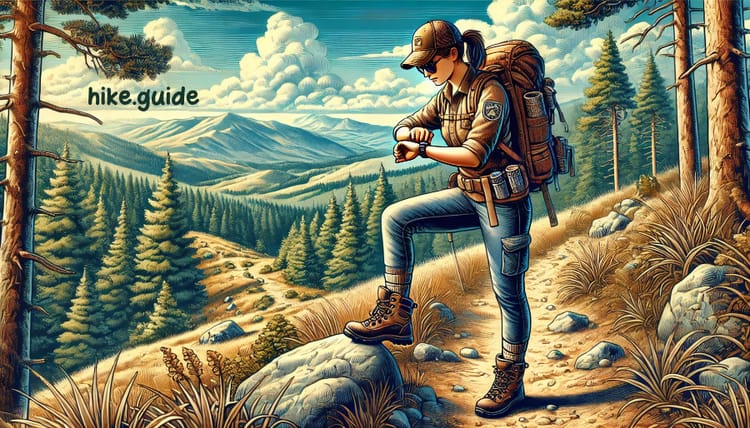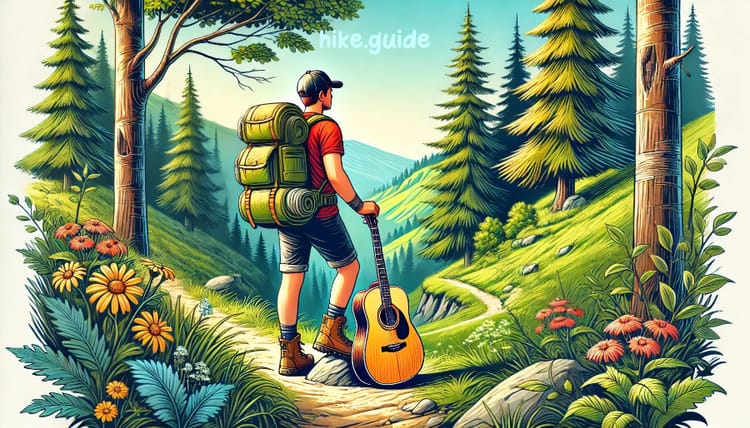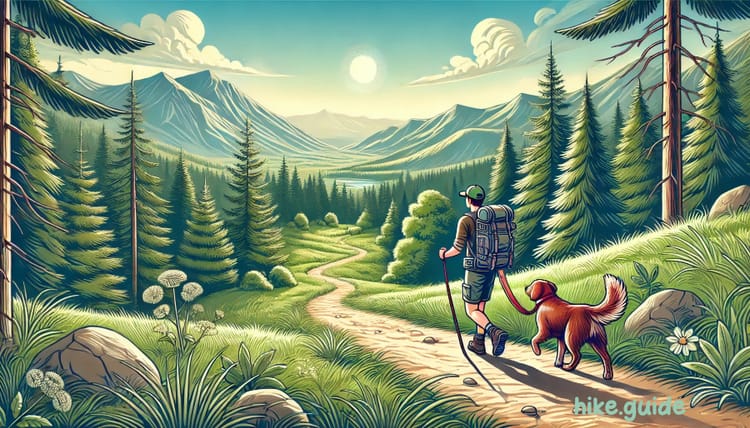First-Aid Kit

A great thing to have with you all the time, but especially important when hiking.
Even a "simple" day hike can result in some bodily problems. Cuts, rashes or worse.
You can go the easy route and buy something on Amazon (affiliate link). The one linked is 5.6 oz and while not hiking specific, a good start.
If you already have some kits around the house, you could get a ziplock bag and steal a few items to build out something, which is better than nothing.
What do you need for a basic first-aid kit?
- Bandages and Dressings:
- Assorted adhesive bandages (various sizes for small cuts and blisters)
- Sterile gauze pads (for larger wounds)
- Adhesive tape (to secure gauze)
- Elastic bandages (for sprains or strains)
- Blister treatment (moleskin, blister bandages)
- Medical gloves (if working on someone)
- Hand sanitizer (to clean your hands before treating wounds)
- Antiseptic Wipes and Creams:
- Antiseptic wipes (for cleaning wounds)
- Antibiotic ointment (to prevent infection)
- Medications:
- Pain relievers (such as ibuprofen or acetaminophen)
- Allergy medication (antihistamines for allergic reactions)
- Anti-diarrheal medication
- Any personal medications that might be needed urgently
- Tools and Supplies:
- Safety pins (for securing bandages or repairing gear)
- Tweezers (for splinter or tick removal)
- Scissors/blade (for cutting tape, gauze, or clothing if needed)
- Lighter
- Protection and Relief:
- Lip balm with SPF
- Insect repellent
- Sting relief solution (for insect bites and stings)
- Emergency blanket (for treating shock or keeping warm)
- Information Card:
- Emergency contact information
- Personal medical information (allergies, blood type, medical conditions)
A key thing about having a first-aid kit is to know how to use it. Videos, local classes, books are a great way to learn how to help render aid properly.




